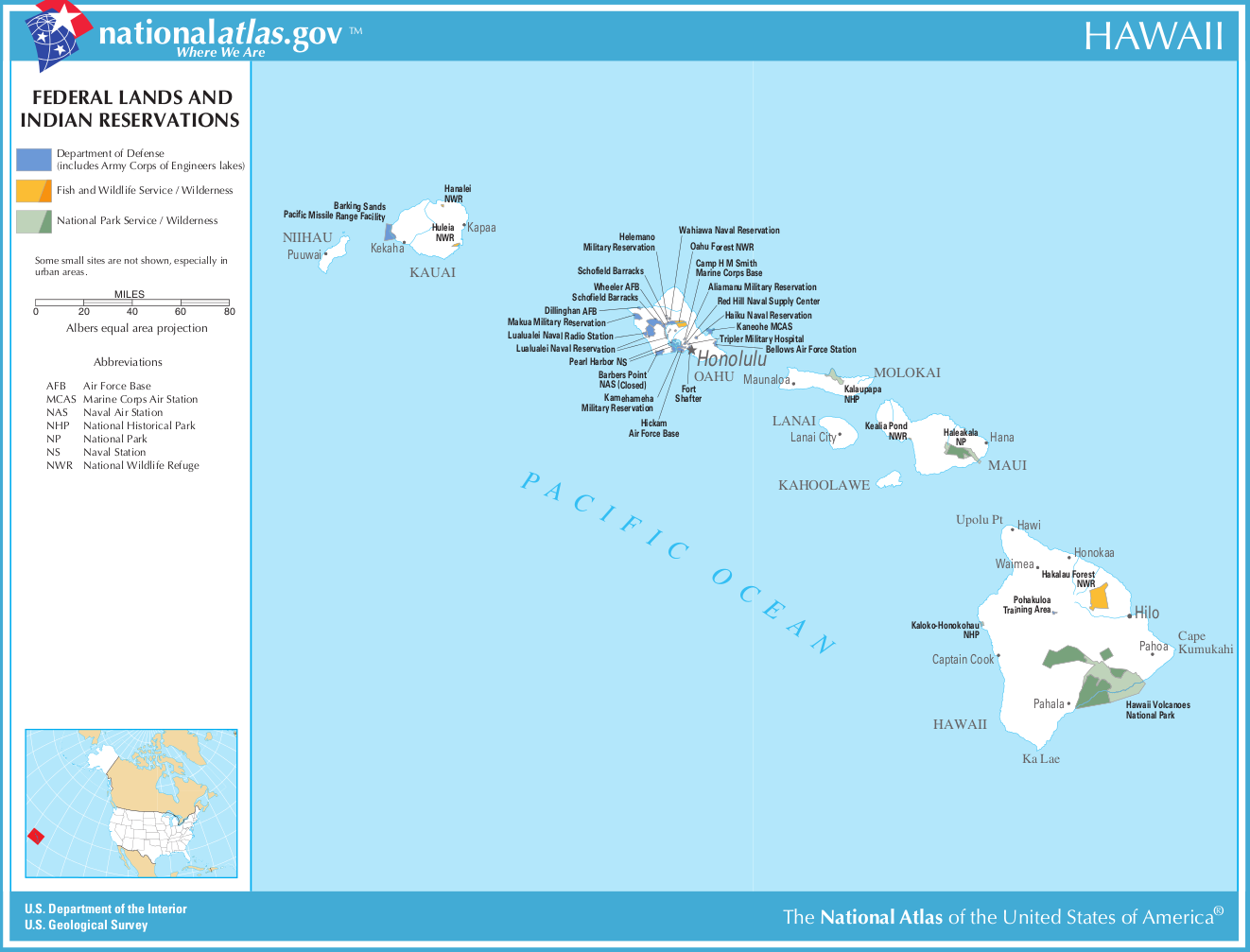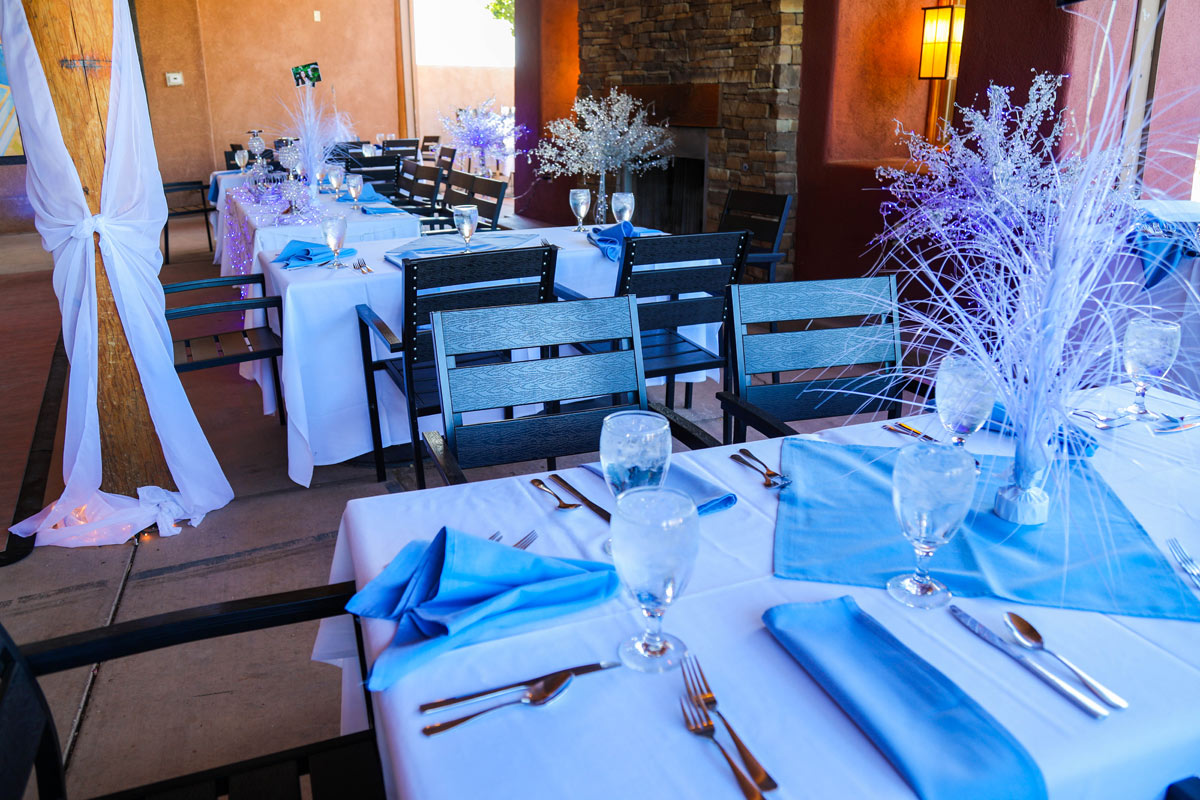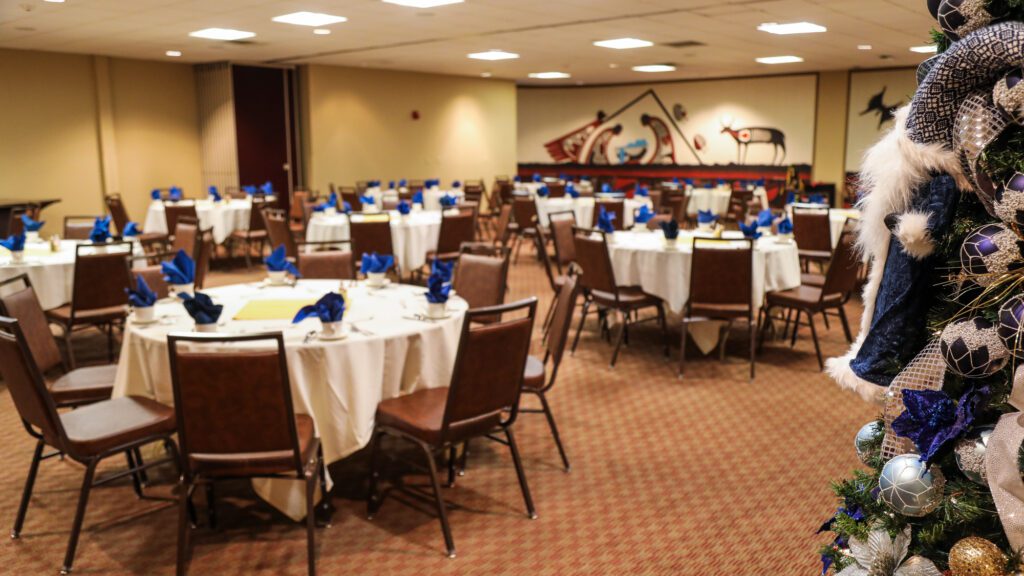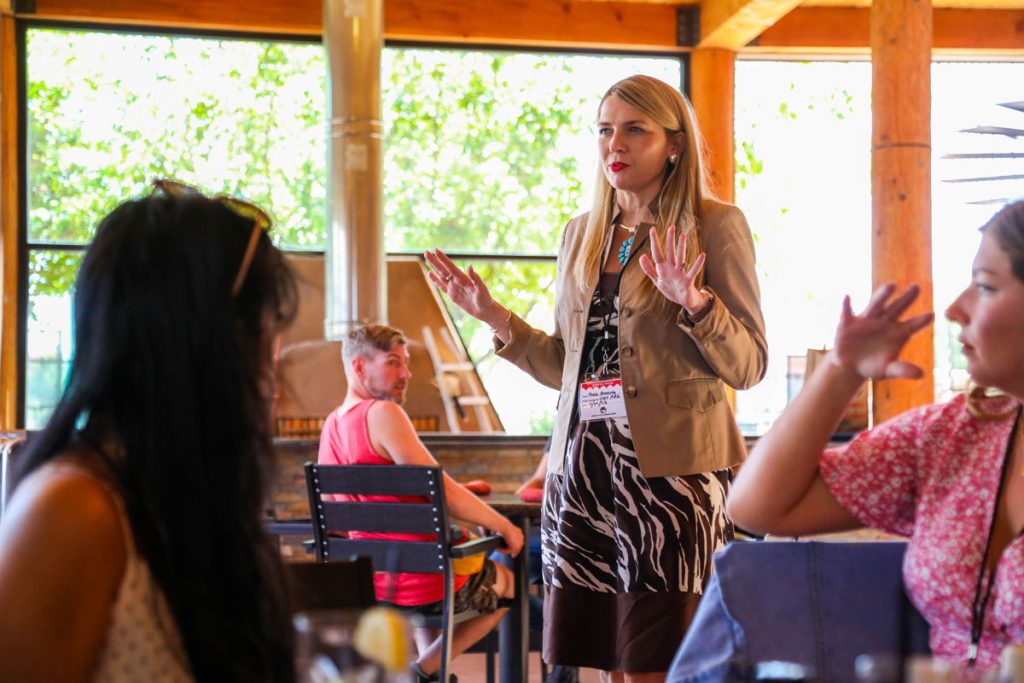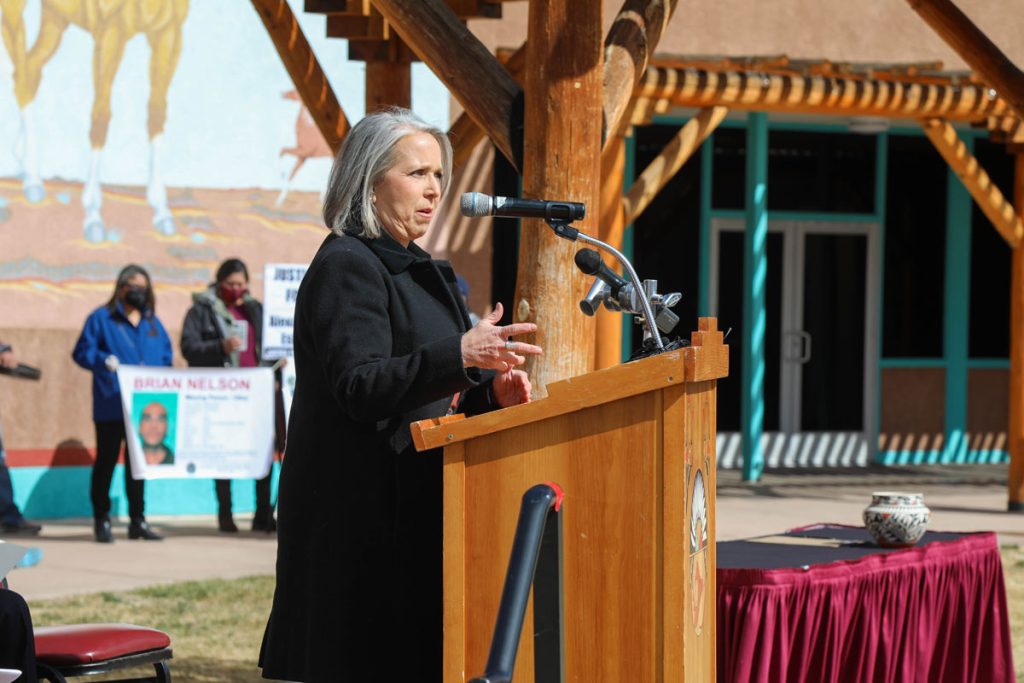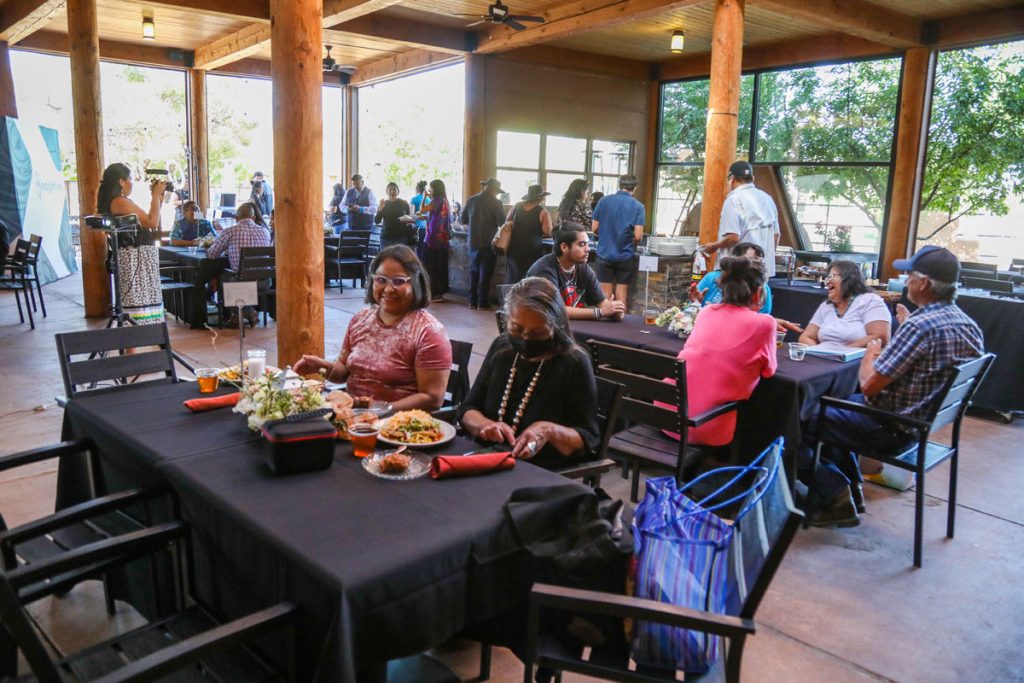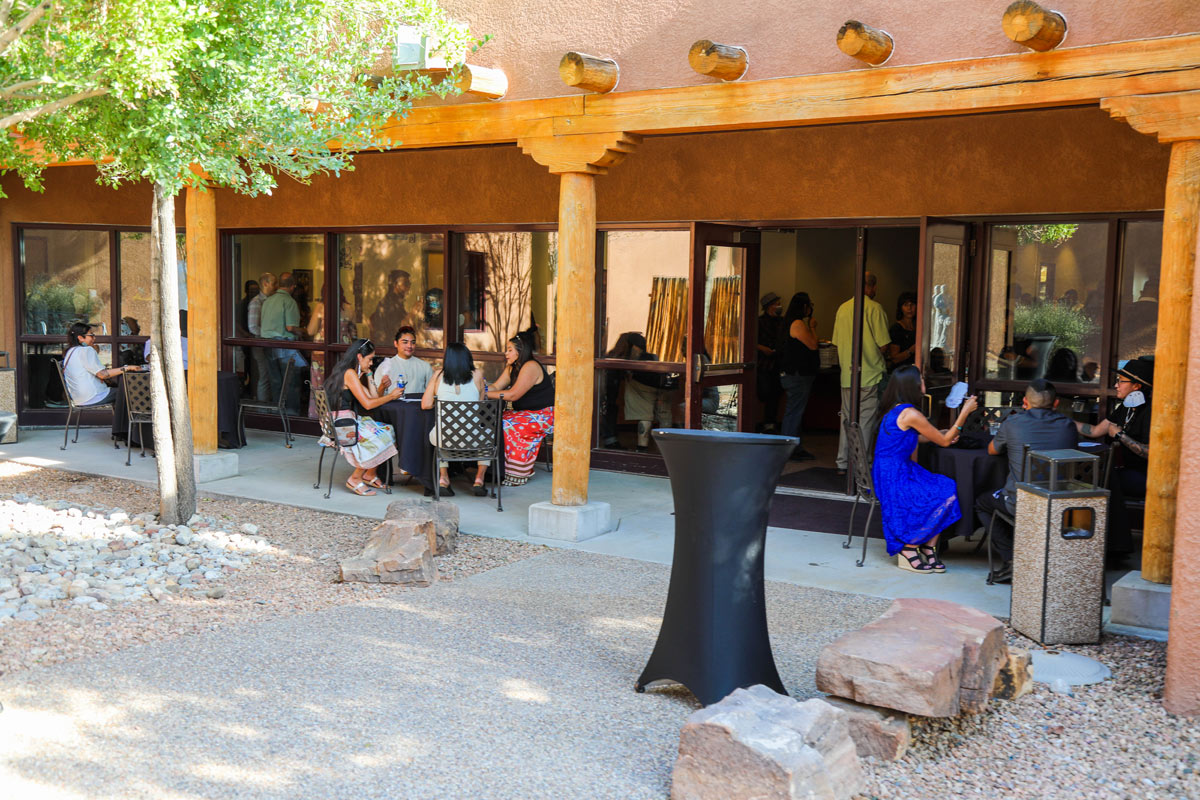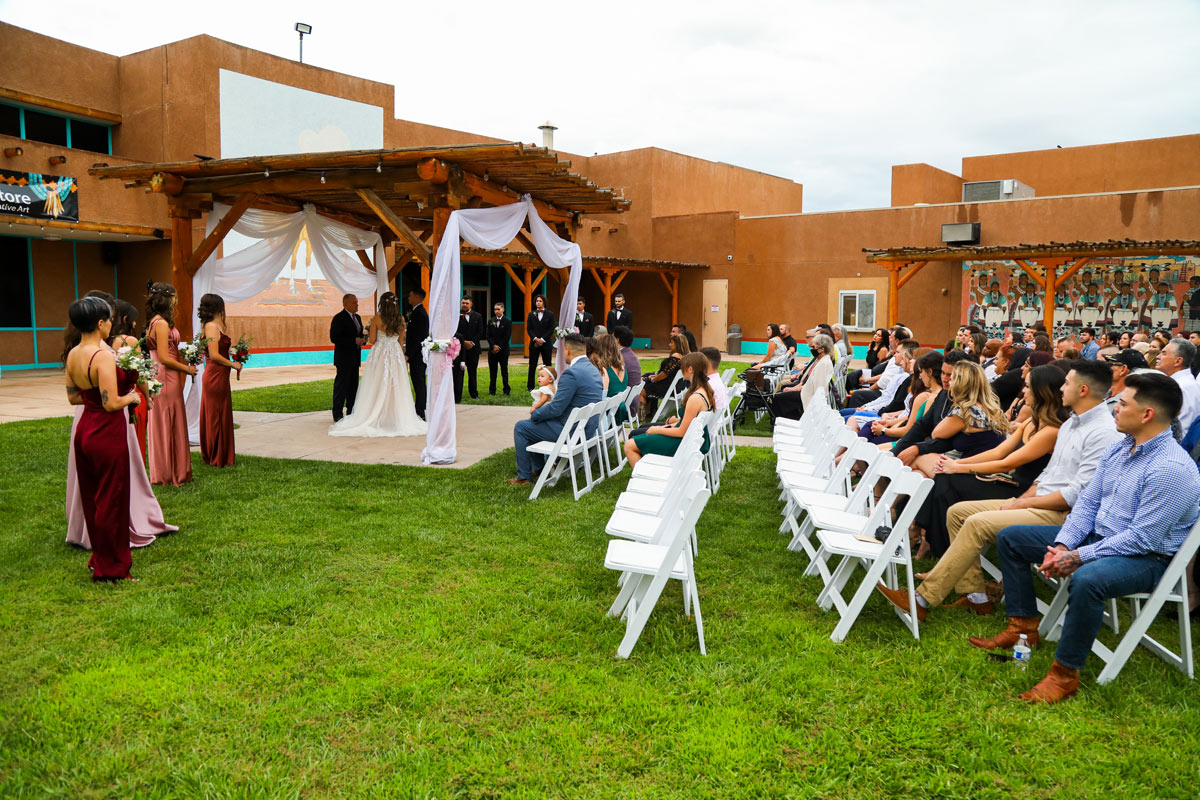Alaska Natives and Native Hawaiians
This blog aspires to connect readers to Indigenous* resources, information, and fun stuff at the Indian Pueblo Cultural Center (IPCC) and online. Each month, new content will be shared on various themes.
January 7, 2023
Happy New Year! The Pueblo year starts with celebrations as appointed and elected tribal leaders are announced and canes are passed from the current governor to the incoming leader. Read the January 2021 blog to learn about the Pueblo Canes.
This month’s post is in response to a question asking why Alaska Natives and Native Hawaiians were not mentioned in the January 2022 blog on Tribal Sovereignty. The answer is based on their history with the United States. These reasons are also why you see the designation of Indigenous peoples of the U.S. referred to as “American Indians, Alaska Natives, and Native Hawaiians,” rather than the general term “American Indian” or “Native America.”
Federal Recognition
From the U.S. Department of the Interior Indian Affairs: A federally recognized tribe is an American Indian or Alaska Native tribal entity that is recognized as having a government-to-government relationship with the United States, with the responsibilities, powers, limitations, and obligations attached to that designation, and is eligible for funding and services from the Bureau of Indian Affairs.
Furthermore, federally recognized tribes are recognized as possessing certain inherent rights of self-government (i.e., tribal sovereignty) and are entitled to receive certain federal benefits, services, and protections because of their special relationship with the United States.
Federal acknowledgement means the U.S. government has legally acknowledged the political status of a tribal nation. (Killsback) Historically, tribal nations in the U.S. received federal recognition through treaties, actions of Congress, Presidential executive orders, or other deferral administrative actions, or federal court decisions. Currently there are hundreds of federally unrecognized tribes in the United States. Many have been fighting for decades to gain federal recognition.
Native Hawaiians

Kanaka Maoli (Native Hawaiians) are not a federal recognized tribe by the United States. Many Native Hawaiians reject the 2018 U.S. Commission on Civil Rights recommendation to Congress to confer federal recognition. One group wants the Hawaiian Kingdom restored, a country independent from the United States. The other, a nation-to-nation, federal recognition status. (VOA)
In September 2016, the U.S. Department of Interior announced a final rule which provides the administrative procedure and criteria the Interior would use for formal recognition. The U.S. government acknowledges Native Hawaiians as “a distinct and unique Indigenous people with a historical continuity to the original inhabitants” of Hawai’i, but that Native Hawaiians have never established a formal government. (VOA) The Native Hawaiian community must establish a unified, formal government before seeking a government-to-government relationship with the United States.

Native Hawaiians against federal recognition say that the 1893 overthrow of the Hawaiian Kingdom was theft because Queen Liliuokalani was deposed. Many believe “Hawai’i is still a nation and the Americans are occupiers – like the U.S. military – who should leave.” (Honolulu Civil Beat) In 1898, the U.S. Congress annexed Hawaii as a territory. Unlike tribal nations in the 48 contiguous states, the Native Hawaiian people have no land base of their own.
Many feel that Hawai’i is “an independent nation under international law and federal recognition would undermine their sovereignty.” (Truthout) Accepting federal recognition would mean officially ceding authority to the U.S. of approximately more than two million acres of stolen land. (The Guardian)
Native Hawaiians do not consider themselves “American” for their origins are not like the Indigenous peoples of the Americas. Polynesians from the Marquesas Islands sailed over 2,000 miles to Hawai’i more than 1,600 years ago. Another group from the Society Islands arrived about 800 years later. Some traditional stories say they have always been there.
Synopsis: Long ago, individuals of dual male and female spirit brought the healing arts from Tahiti to Hawai’i. The name of their leader was Kapaemahu. Beloved by the people for their gentle ways and miraculous cures, they imbued four giant boulders with their powers. The stones still stand on what is now Waikiki Beach.
Also available as a bilingual Hawaiian and English book.
Alaska Natives
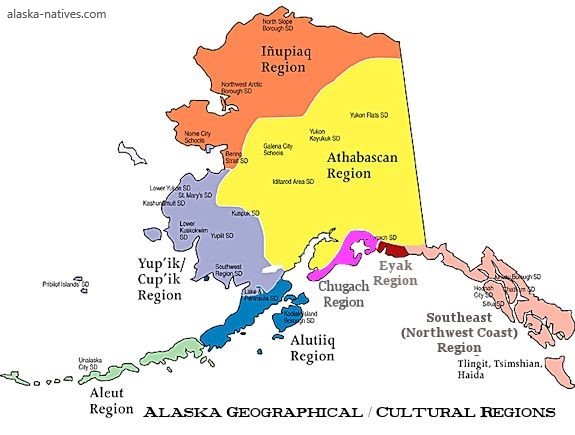
Currently there are 231 federally recognized tribes in Alaska. Though a relationship between the U.S. federal government and Alaska tribes began with the 1867 Treaty of Purchase from Russia, Alaska tribes did not appear on the Department of Interior’s List of Federally Recognized tribes until 1993.
The term “Alaska Native” refers to eleven distinct cultures that can be divided into five geographical areas: Sugpiaq and Unangax (South-central and Aleutian Islands), Inupiaq and St. Lawrence Island Yupik (Arctic), Yup’ik and Cup’ik (Southwest), Athabascan (Interior), and Tlingit, Haida, Eyak, and Tsimshian (Southeast). The term “Alaska Native” recognizes the cultural and historical distinctions between the Indigenous peoples of Alaska and the Indigenous peoples of the conterminous, or contiguous, United States. The U.S. Census defines “American Indian” as “a person having origins in any of the original people of North and South America (including Central America) …” though it seems more used for the original peoples of the 48 contiguous United States.
Aboriginal land claims were settled differently for Alaska Natives. The U.S. does not hold land in trust like for tribes in the Lower 48. Rather, land went to one of two specially constructed Alaska Native corporations, village and regional. Village corporations own and manage lands surrounding villages; regional corporations own and manage lands outside of and surrounding village corporation lands, as well as other large tracts of land throughout the state. These corporations were created by the Alaska Native Claims Settlement Act to create Native-owned corporations to provide stewardship of ancestral lands, financial, and other resources for Alaska Native people.
Because there is no defined “Indian Country” in Alaska, there several issues related to laws and jurisdiction centered on land which can be found at: A Few Differences between Alaska Tribes and Lower 48. Metlakatla is the only Indian Reserve in the state of Alaska.

Molly Mabray is a 10-year-old Alaska Native girl that helps her parents run the Denali Trading Post in the fictional village of Qyah. Experience the rich history and modern-day experience of family life through the activities of Molly, her parents, and her friends.
__________
References
Altemus-Williams, I. (2015, December 13). Native Americans warn Native Hawiaains of the dangers of federal recognition. Trouthout. https://truthout.org/articles/native-americans-warn-native-hawaiians-of-the-dangers-of-federal-recognition/
Bitsui, M. (2020, October 2). What is a federally recognized tribe? U.S. Department of the Interior Indian Affairs. https://www.bia.gov/faqs/what-federally-recognized-tribe
Blair, C. (2014, June 24). Kanaka Maoli to Feds: “Get out of our house! Go home!’ Honolulu Civil Beat. https://www.civilbeat.org/2014/06/kanaka-maoli-to-feds-get-out-of-our-house-go-home/
Hilleary, C. (2019, February 7). Native Hawaiians divided on federal recognition. Voice of America. https://www.voanews.com/a/native-hawaiians-divided-on-federal-recognition/4775275.html#:~:text=But%20Congress%20has%20never%20formally%20recognized%20them%20as,of%20Europeans%2C%20they%20numbered%20up%20to%20a%20million.
Killsback, D. (2020, February 3) Federal recognition of tribes: Why it matters. Montana Budget & Policy Center. https://montanabudget.org/post/federal-recognition-of-tribes-why-it-matters
Maile, U. (2021, March 4) The US government has always given Native Hawaiians a raw deal. It still does. The Guardian. https://www.theguardian.com/commentisfree/2021/mar/04/us-government-native-hawaiians-raw-deal
_________________________________________________________________________________________________________________________________________________________
About the Author

Jonna C. Paden, IPCC Librarian and Archivist, is a tribally enrolled member of Acoma Pueblo. As part of the Circle of Learning scholar cohort, she earned a Master of Library and Information Science from San José State University in Archives and Records Management. She completed a B.U.S. focused on English, Linguistics, and Native American Studies at the University of New Mexico.
Since 2020, Jonna has been the Chair of Native American Libraries, a Special Interest Group (SIG) of the New Mexico Library Association (NMLA). She is the current archivist for the NMLA and an active member of the NMLA Archives & Archivists SIG, American Indian Library Association, and the Society for Southwest Archivists as part of the Diversity & Outreach Committee.
